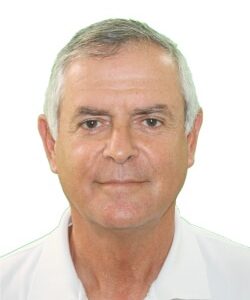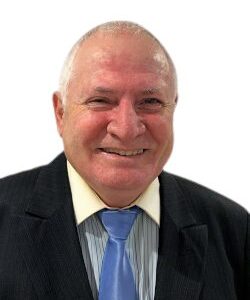Mini-Circuits Bridging the Gap Between the Classroom and the Lab
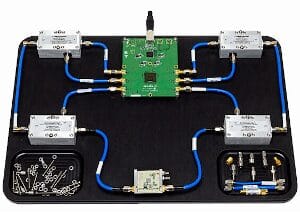
With a history that dates back 50 years, Mini-Circuits is one of the most recognizable names in the RF/microwave industry. Known as a supplier of high-frequency components, Mini-Circuits offers an enormous number of products, which includes the likes of amplifiers, filters, mixers, and couplers, just to name a select few.
AS9100 מעבר דוחף מצוינות טכנית

המצוינות הטכנית בחברת Mini–Circuits עומדת להגיע למוקד חד יותר ככל שאנו מתקרבים לעשור החמישי של החברה, מאז נוסדה על ידי מר הארווי קיילי [Harvey Kaylie], בשנת 1969. מוקד זה בא לידי ביטוי מודגש עם היוזמה הנוכחית לחידוש האישור של מערכת ניהול האיכות (QMS) שלנו לגרסה החדשה AS9100. כפי שאפשר היה לצפות, Mini–Circuits מציבה את האיכות הגבוהה ביותר של איכות מוצרים, ולעובדה זו היו מאז ומעולם יתרונות רבים עבורנו ועבור לקוחותינו. החזרות על ידי לקוחות במהלך השנה האחרונה היו באופן עקבי פחות מ- 10 חלקים למיליון (ppm) ואנו נמשיך ונאתר דרכים להורדת מדד זה לערכים אף קרובים יותר לאפס.
Line Stretchers Ease VCO Load-Pull Testing
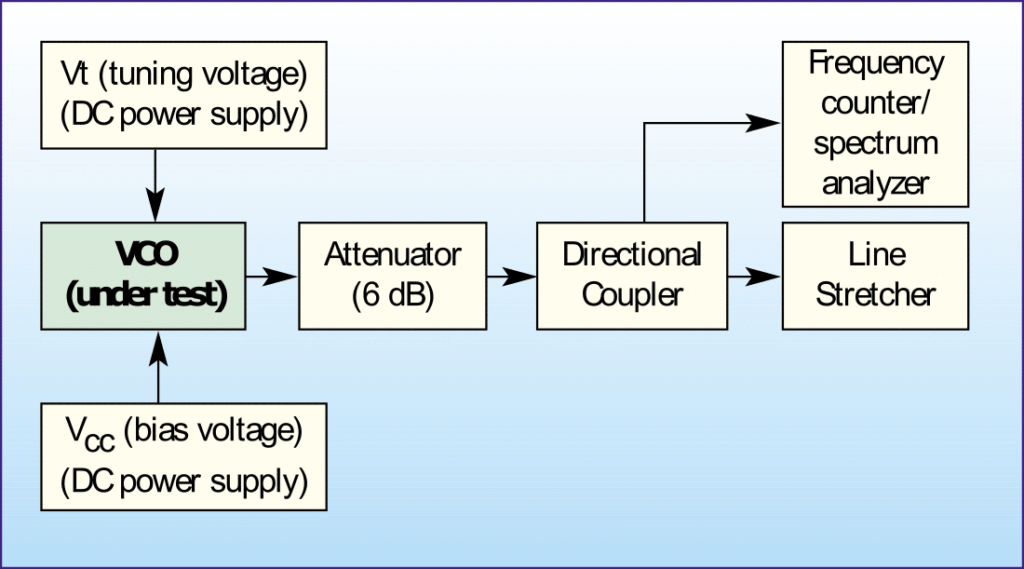
Voltage Controlled Oscillators (VCOs) are normally designed for operation in an ideal 50 ohm environment. However, the actual load that these oscillators must drive are considerably different. It is a standard industry practice to measure frequency variation when the VCO output realizes a load with 12dB return loss (for all possible phase angles). This is usually performed as a manual measurement and is very time consuming. It may take a skilled technician several minutes to several hours. Fortunately, with the development of a novel electronic line stretcher from Mini-Circuits, these once tedious tests can now be executed quickly and a automatically.
Achieving First-Spin Success in LTCC Components with Advanced Material Simulation Models

Since the advent of Network Synthesis Theory at the turn of the last century, filter designers have been developing ever more sophisticated solutions to translate polynomial transfer functions into working, physical components.
התאמה של חלקים להתקנה משטחית שאינם אטומים לתהליכי הרכבה באמינות גבוהה של הלקוחות

השילוב המושלם של מוצר בתוך תהליך ההרכבה של הלקוח יכול להיות קריטי להצלחה של אותו מוצר כמו הביצועים החשמליים. חברת Mini-Circuits ויצרנים רבים של רכיבי ת”ר (RF) וגלי מיקרו בונים רכיבים להתקנה משטחית, שאמורים להיות מולחמים על המעגלים המודפסים של הלקוחות, כשהם נעזרים בתהליך הלחמת גל. לאחר הלחמת הגל, יש לנקות את המעגל המודפס על מנת להסיר ממנו כדורי בדיל, חומר עזר להלחמה (flux), משקעי מלח וחומרי פסולת אחרים. מאחר שקיימות כמה שיטות ניקוי, התעשייה – ובמיוחד יצרנים של ציוד המיועד ליישומים צבאיים וליישומי אמינות גבוהה אחרים – נטו לעבר שטיפה במים. לאחר מכן ציפו את המעגל, על מנת להגן על המעגל מפני לחות ותנאי סביבה קשים אחרים. תהליך זה הציב אתגרים ייחודיים לשילוב של חלקים להתקנה משטחית בתוך מכלולים של לקוחות, במיוחד רכיבים עם מארזים בסגנון פתוח ואטום למחצה.
Adapting Non-Sealed Surface Mount Parts for Hi-Rel Customer Assembly Processes

The perfect integration of a product within the customer’s assembly process can be just as critical to the success of that product asthe electrical performance. Mini-Circuits and many RF/microwave component manufacturers build surface mountcomponents that are soldered onto customers’ PC boards using a reflow process. Following reflow, the board must be cleaned to remove solderballs, flux, salt deposits and other debris. While a number of cleaningmethods exist, the industry – and especially manufacturers of equipment for military and other hi-rel applications – have gravitated towards aqueous wash. A conformal coating is then applied to protect the circuit from moisture and other adverse environmental conditions. This process poses unique challenges for the integration of surface mount parts into customer assemblies, particularly components with open and semi-sealed case styles.
The Mystery behind MSL 1, 2, 3

Semiconductor non-hermetic packages have the tendency to absorb moisture. During the surface-mount solder reflow process, moisture trapped in the package will vaporize when heat is applied. The expansion of this trapped moisture creates internal stress, which can cause damage to the non-hermetic package. The damage can take the form of internal separation between the plastic and die or metal frame, wire bond damage, die damage or internal cracks.
AS9100 Transition Drives Technical Excellence

Technical excellence at Mini-Circuits is coming into sharper focus as we approach the fifth decade since our founding by Harvey Kaylie in 1969. This focus has been emphasized in our current initiative to recertify our quality management system (QMS) to the new revision of AS9100. As you may expect, Mini-Circuits places the highest priority on product quality, and this has had many benefits for us and our customers. Our customer returns have been consistently below 10 PPM over the past year, and we will continue finding ways to drive this metric even closer to zero.
Solid State Switching for Next Generation Wireless Test Applications
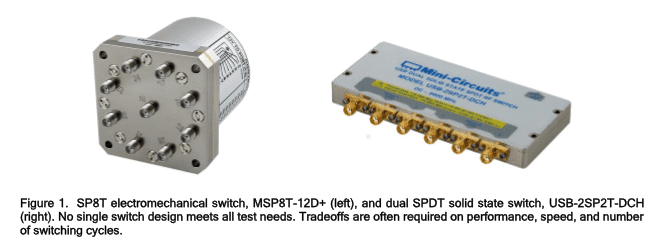
Rapid growth in the number of connected devices for next generation wireless applications is driving demand for faster, more innovative, and more cost-effective test solutions. The need for reduction in cost and improvement in test throughput is found both at the design verification stage as well as in high-volume production testing. Test engineers are looking for ways to reduce the number of device-under-test (DUT) connections and enable testing of multiple DUTs in parallel from a single test station. This is most often achieved by configuring RF switches in a switch matrix to automate the routing of test signals. This article will explore some of the key differences between the types of switches used in test applications. Switch matrix configurations will be discussed, and a real world switch matrix for a high-volume telecom test application described in detail.
Flattening Negative Gain Slope with MMIC Fixed Equalizers
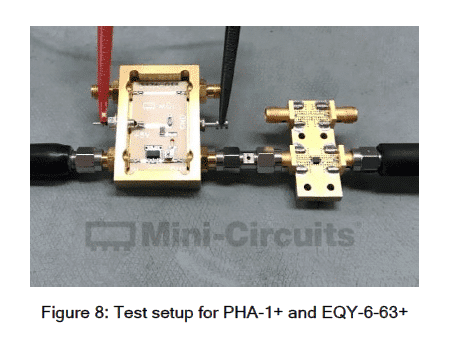
Equalizers are devices used to compensate for negative gain slope in the frequency response of a wide variety of RF systems. Unlike a standard attenuator with a flat frequency response, an equalizer is a unique kind of attenuator which exhibits lower insertion loss as frequency increases with some known slope. This is a useful characteristic for system designers working in wideband applications where the gain response of circuit elements or of the entire RF chain often varies across frequency.



